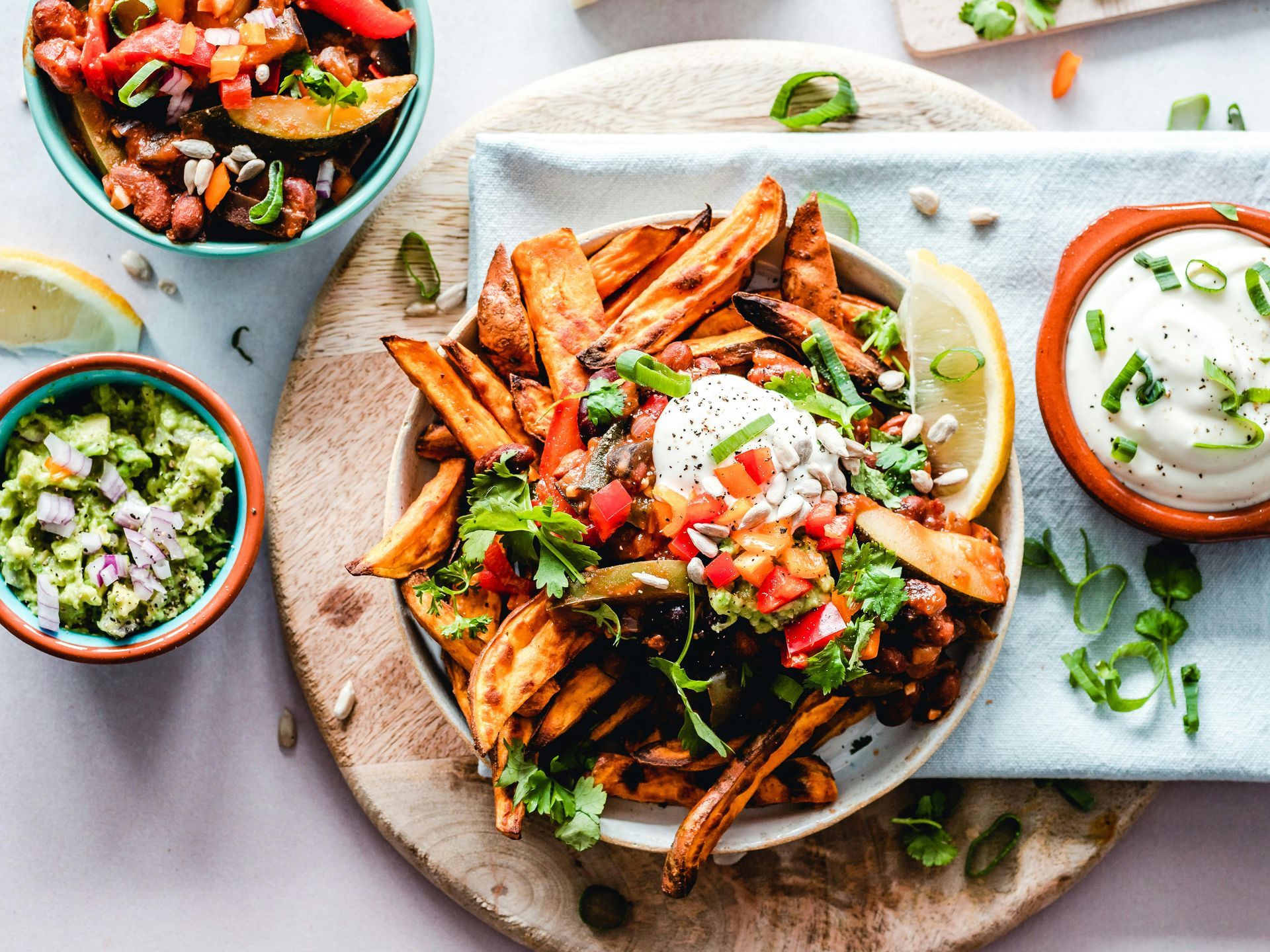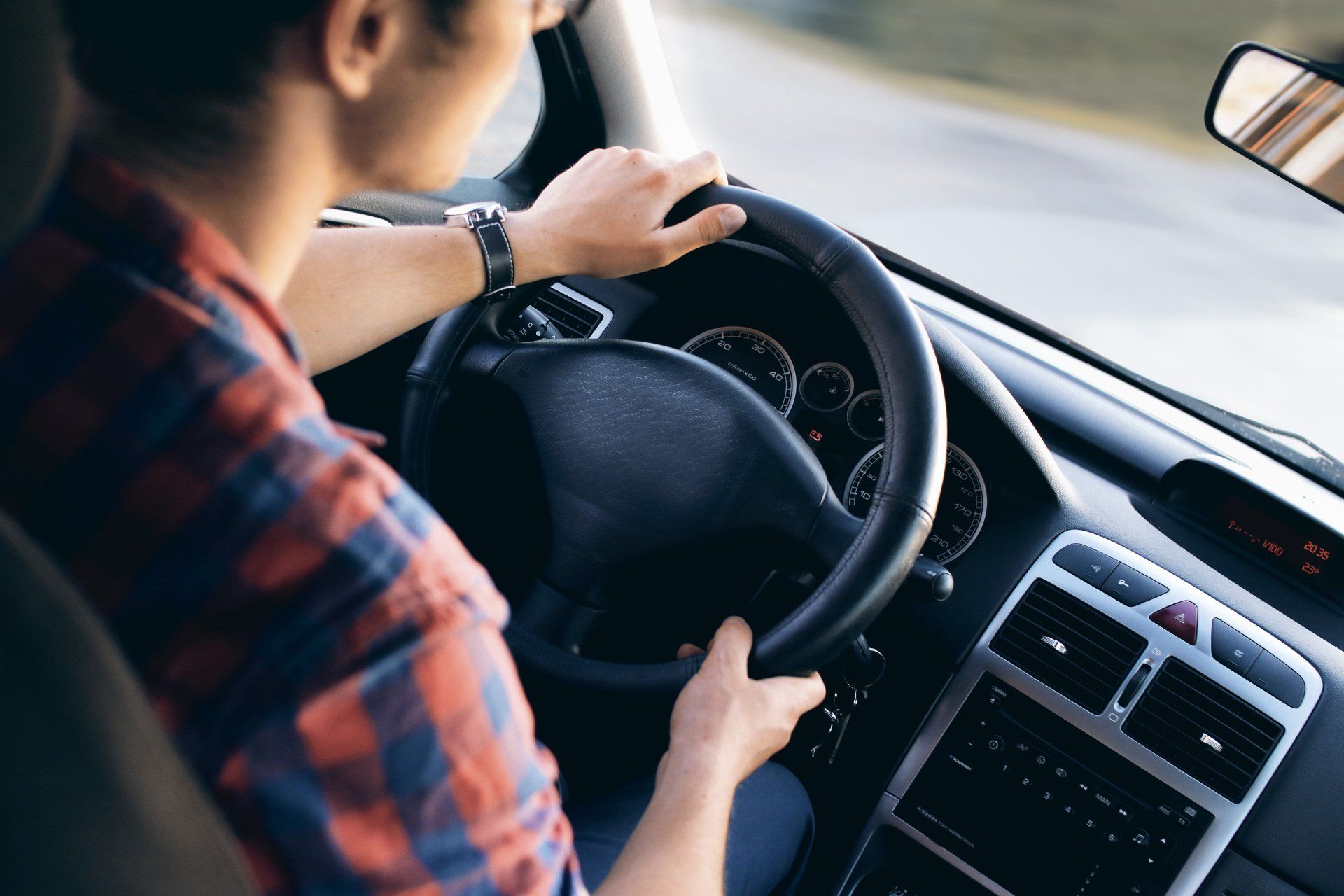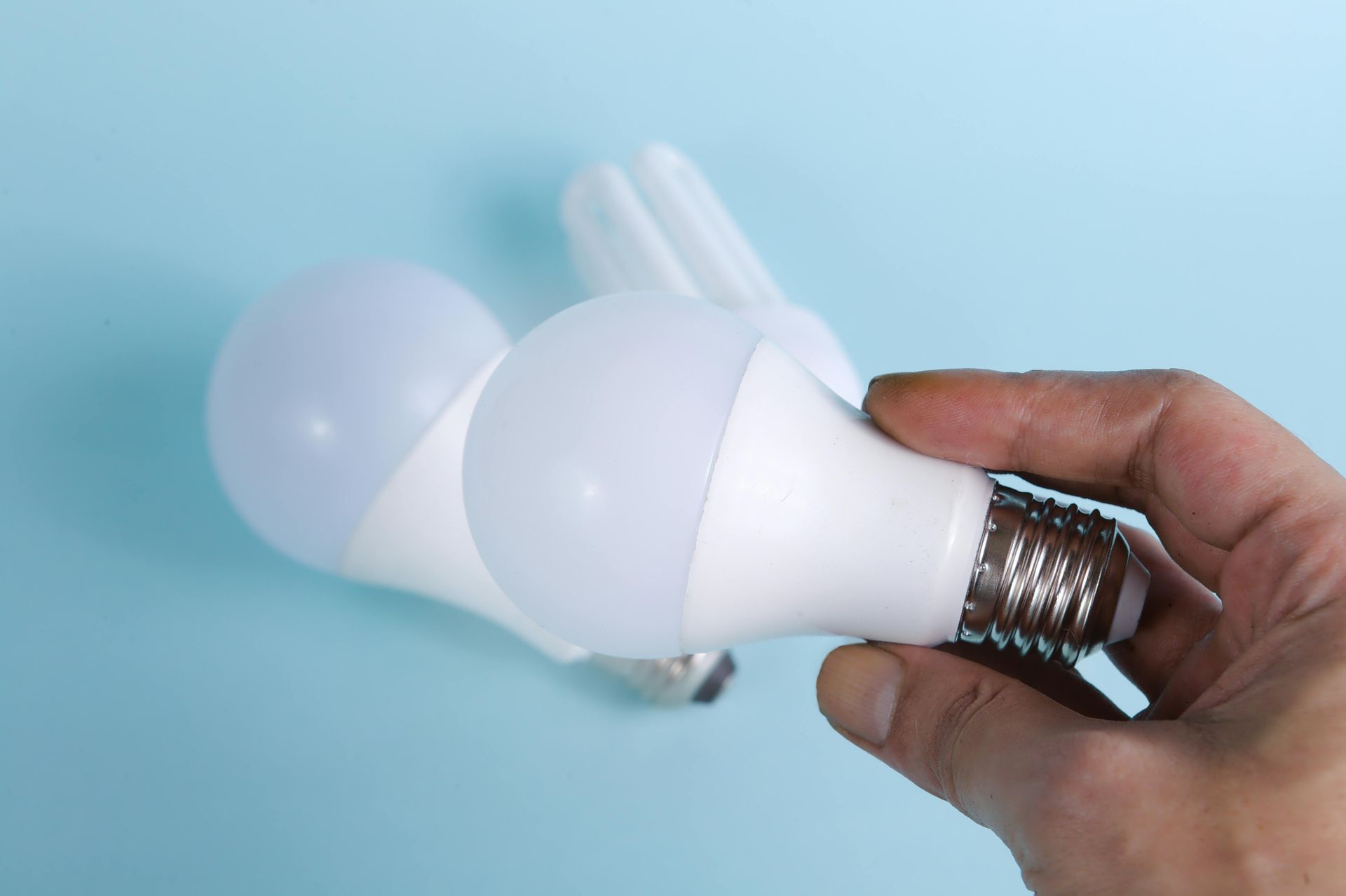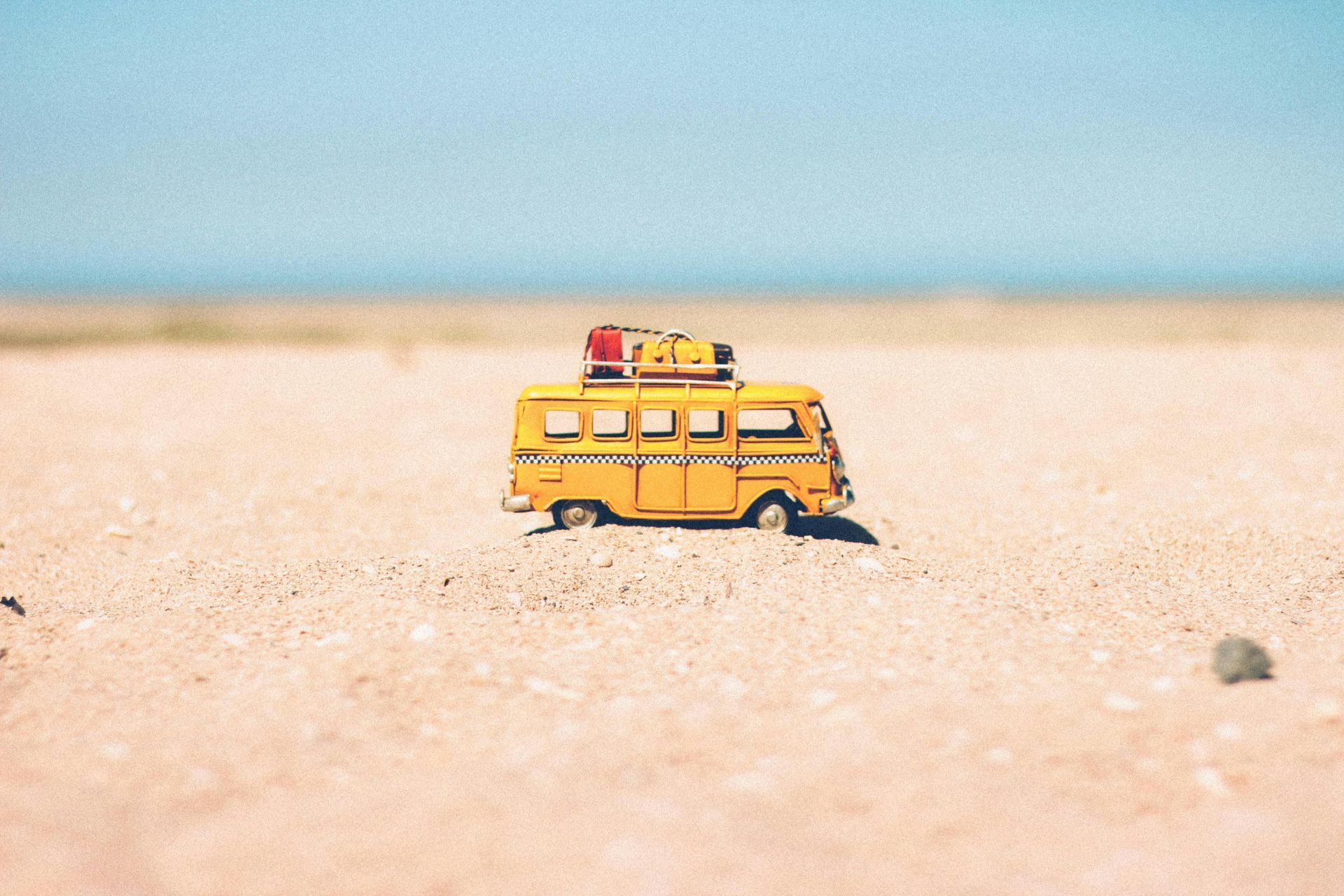WHAT WE CAN DO
Sometimes it's hard to know where to start. There's loads of information and ideas out there on the internet, but here are a few ideas to get you started
FIRST YOU COULD CALCULATE YOUR CARBON FOOTPRINT
Calculating our personal and household carbon footprints can help us to understand where our biggest impact is and how we compare with others around to world.
For a clear explanation of the term ‘carbon footprint’, why it’s important and what we can do about it, take a look at the video below:
https://www.youtube.com/watch?v=bYb7YLsXvzg;
If you enjoyed that video, there is also one about our ecological footprint, which is equally interesting.
https://www.youtube.com/watch?v=g_aguo7V0Q4&t=71s
There are several tools to help you calculate your carbon footprint. It can be useful to try a couple of them since they take different things into consideration. They will ask you questions about yourself and your habits (such as shopping, transport, household gadgets etc). Here are some carbon/ecological/environmental footprint calculators you could try:
- CarbonFootprint.com (https://www.carbonfootprint.com/) – UK-based so some more relevant terms.
- Global Footprint Network: Ecological Footprint calculator (https://www.footprintcalculator.org/home/en) - Works out your personal ‘Earth Overshoot Day’ amongst other things.
- WWF Environmental Footprint Calculator (https://footprint.wwf.org.uk/) – Simple and gives a view of where your lifestyle is having the largest environmental impact.
- UN Carbon Footprint Calculator (https://offset.climateneutralnow.org/footprintcalc) – straightforward but light on detail.
- Other Carbon-calculators
Here are two recommended ones - https://carbonindependent.org and https://impact-tool.org.uk
NEXT STEPS
Once you've estimated your carbon footprint, you might want to make some changes to reduce your environmental impact. Take a look at our suggestions below for some ideas or check out the following websites/apps which can help you form some new habits:
- Capture (https://www.thecapture.club) – tracks your daily carbon emissions and can even enable you compete with friends, family or colleagues.
- Do Nation (https://www.wearedonation.com/en-gb/) – encourages you to pledge a ‘Do Action’ (e.g. cycle to work, eat less meat etc) for 2 months to help form new habits.
- Giki (https://giki.earth/) – Does all of the above plus the carbon calculating
Click a box below to view things we can do in different areas of our lives






